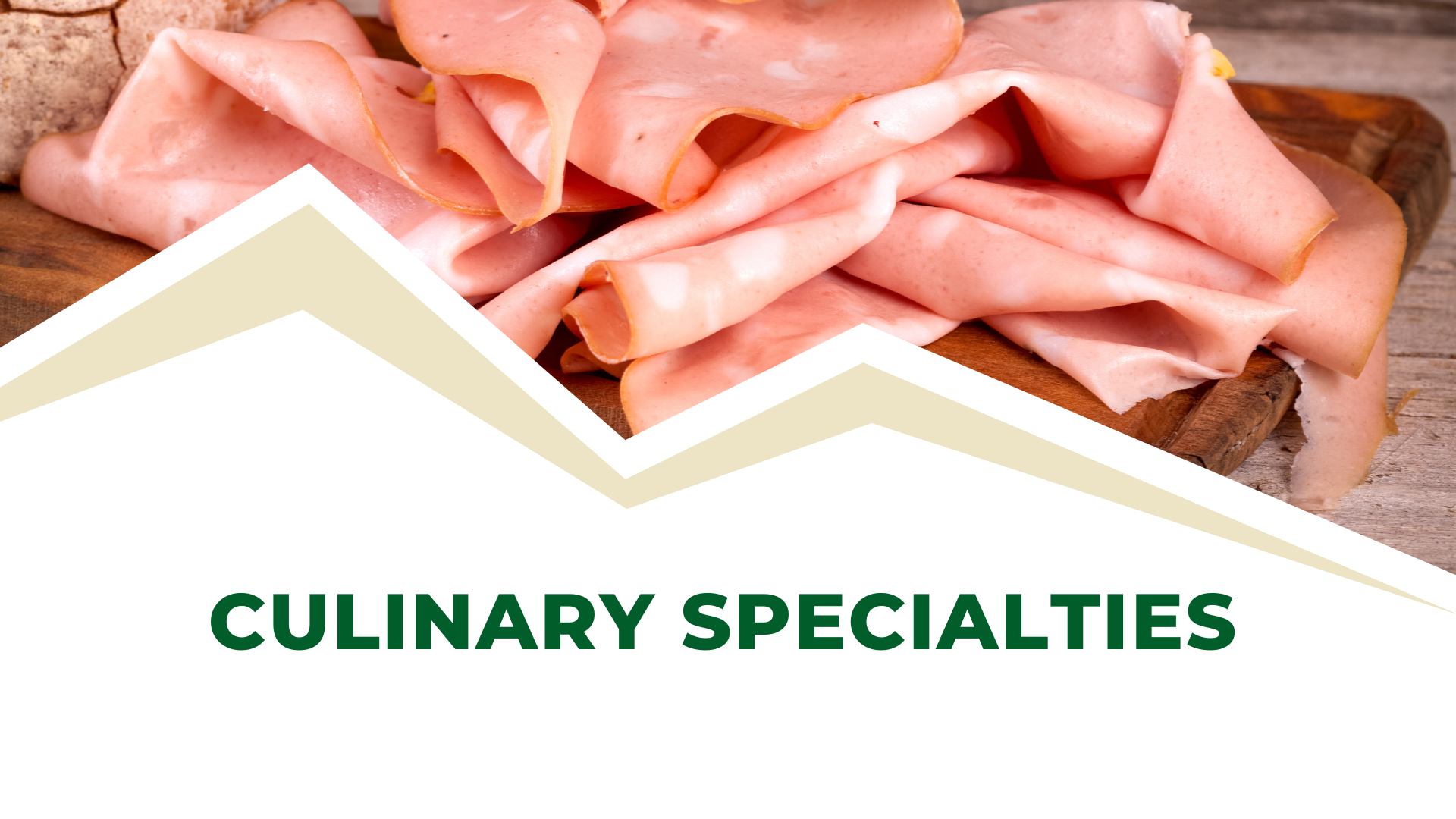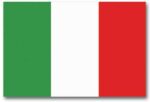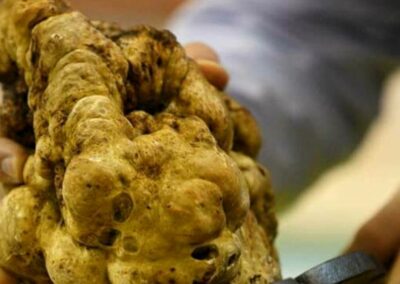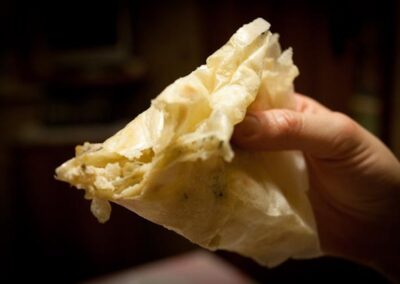
From pasta to cured meats, passing through truffles and, of course, a vast selection of wine, the territory of the Bolognese hills is characterized by various typical delicacies (including an abundance of DOC and PGI products) that combine tradition and quality. Even under the Two Towers alone there is no shortage of tasty specialties, such as lasagne, tortellini, tagliatelle, and the obligatory ragù. Another typical treat found in Bologna is mortadella (also found in Zola Predosa with the International Festival “Mortadella, Please”), a Protected Geographical Indication (PGI) product. Its history is also linked to the ancient profession of the salaroli. They were the ones who ensured the preservation of traditional mortadella production. In 1661 Cardinal Farnese issued the “Bando e Provisione Sopra la fabbrica delle Mortadelle e Salami”, setting down official rules for the production of mortadella and cold cuts, and making it the oldest law in the world regarding the protection of an Italian food specialty. The Salaroli were thus tasked with affixing the seal of guaranteed quality on each mortadella. To this day, Mortadella continues to be easily recognized thanks to its cylindrical shape and pink color dotted with white lard. Another delicacy with ancient origins is the borlengo, a sort of extra-thin crepe made with water, flour, and salt that is then spread with a mixture of lard, garlic, rosemary, and a sprinkle of Parmesan. The borlengo is then served folded into four parts and is very typical of the Bolognese hills. In the woods of the Bolognese Apennines, especially in the Valsamoggia and Monte San Pietro areas, the white truffle of the Bolognese hills is a very traditional product, one that is highly prized and celebrated in Savigno with the Tartófla International Festival. The famous tradition of truffle “hunting” has even been recognized as an Intangible Cultural Heritage by UNESCO. In autumn, you simply can’t miss the “marrone biondo”, found among the numerous chestnut groves in the Lavino Valley, especially the Marrone di Montepastore, one of the most prized chestnuts of the Tuscan-Emilian Apennines. Last, but certainly not least, is wine. The wines produced across the hills are what unite the entire territory. The Controlled Designation of Origin (abbreviated as DOC in Italian) of the “Colli Bolognesi” is the most complex in all of Italy and indicates one of the most important wine-production areas in the Emilia region. These wines are mainly derived from the Pignoletto, Barbera, Merlot, Cabernet Sauvignon, Riesling Italico, Pinot Bianco, Pinot Nero, Chardonnay, and Sauvignon grape varieties. Among the best-known wines of the Hills are the Pignoletto (for whites) and the Barbera and the Bologna Rosso (for the reds). There are many events, festivals (such as the famous one for Monte San Pietro wine), and tastings honoring this product, a delicacy that embellishes both the landscape and our tables.
TRAIL
The Via dei Brentatori is one of the few wine roads with an ancient and documented history. DISCOVER THE TRAIL

HOSPITALITY
Discover the services you can find along the route




